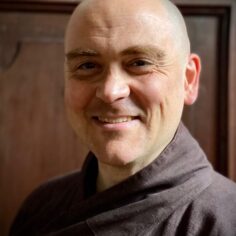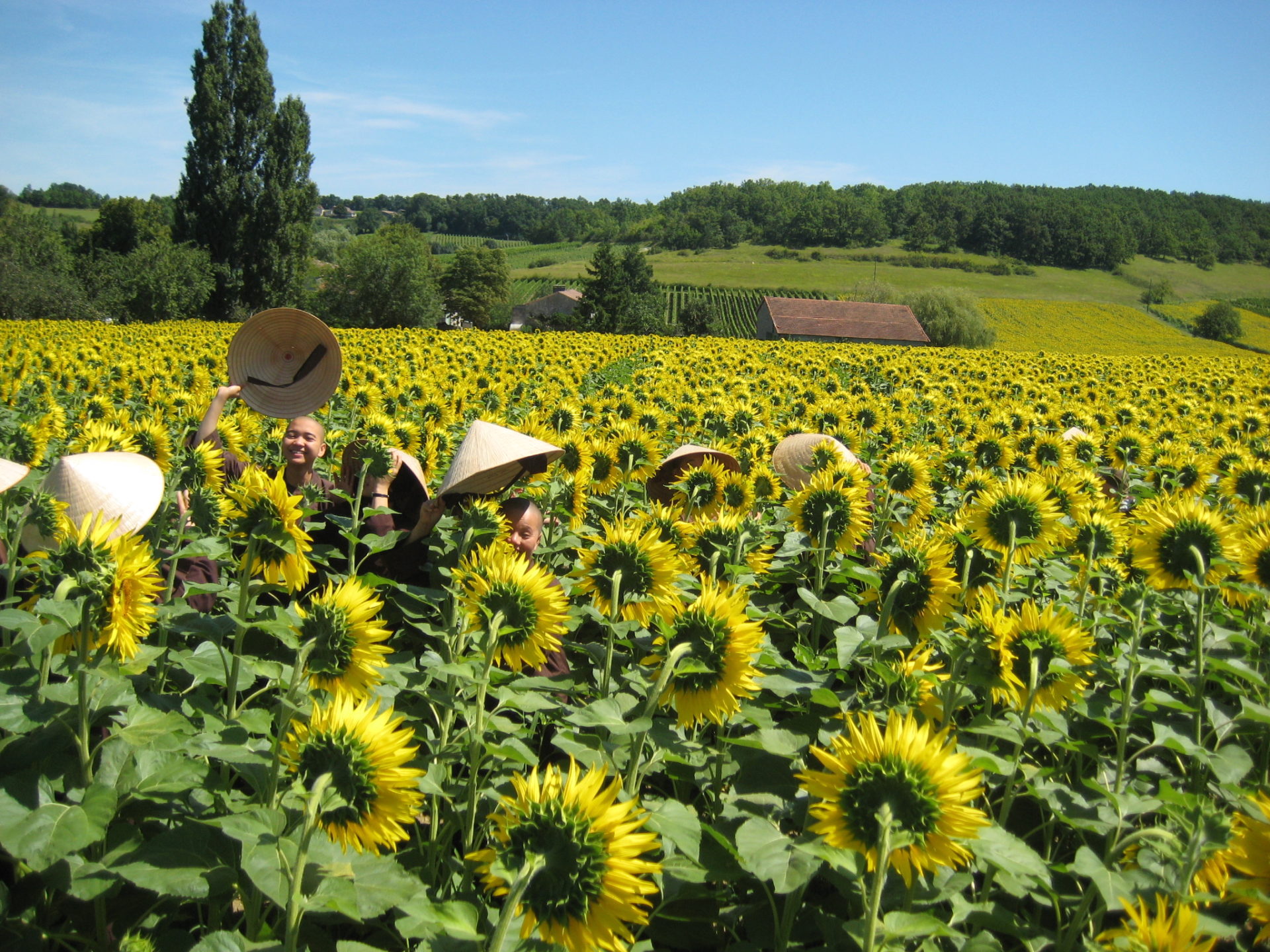By Brother Pháp Linh in June 2015
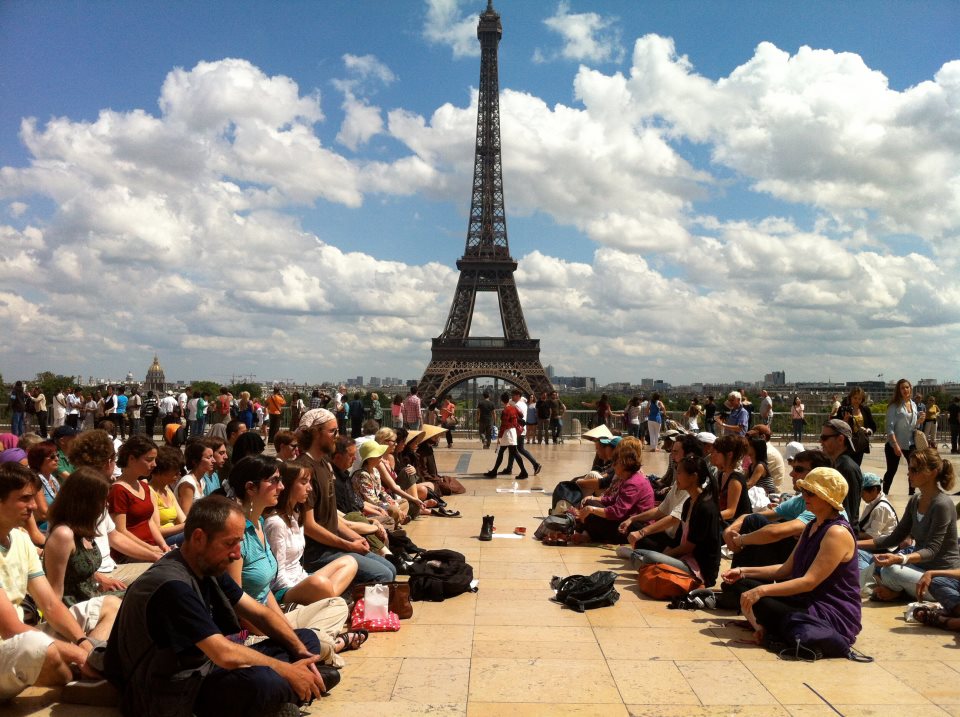
Every year they ask me to write something for the magazine La Thu Lang Mai [the annual magazine of Plum Village in Vietnamese], and every year I feel confused. What am I supposed to write? Who is the audience? These are the questions that come up right away, and this is what they told me this year: “Just write about Wake Up.” But what right do I have to write about Wake Up?
By Brother Pháp Linh in June 2015

Every year they ask me to write something for the magazine La Thu Lang Mai [the annual magazine of Plum Village in Vietnamese], and every year I feel confused. What am I supposed to write? Who is the audience? These are the questions that come up right away, and this is what they told me this year: “Just write about Wake Up.” But what right do I have to write about Wake Up? Brothers and sisters tell me they want to know what Wake Up is, and I say, “Yes, I would like to know, too—I wish someone would tell me!”
But this morning when I woke up, I realised that even if I don’t know exactly what Wake Up is, at least I have a couple of theories, and I am happy to share them with all my brothers and sisters around the world, in the spirit of scientific investigation and in the hope that others may thereby be inspired to share their insights and ideas.
One thing at least is clear, and that is that Wake Up did not start in the Summer Retreat of 2008. Our elder sisters and brothers had been organising youth retreats and college retreats for several years already, and these were growing and becoming very popular with many Western young people. Of course, there’s also the fact that in Vietnam and other Asian countries, almost any retreat was like a youth retreat because Thay is young and his teaching has always attracted young people.
So when Thay asked Sister Hien Nghiem and me to stand up in the Summer Retreat of 2008 to “announce” the birth of the Wake Up movement, it was actually just a trick (though we may not have realised it at the time). It was a trick because Wake Up had already been there for a long time, and so what need did it have to be born? And with hindsight, I wonder if many of our elder brothers and sisters could see that and were smiling to themselves as we made the “announcement.”
Thay and the Sangha have always been “doing” Wake Up and when I look at what Thay has done in his life, it helps me to understand what Wake Up might actually be. Thay has always been building community—communities with a special flavour of creativity, youth, freedom, and the magic ingredient, brotherhood and sisterhood.
Looking back, I noticed that Thay and Sister Chan Khong had created, or rather, manifested, the School of Youth for Social Services (SYSS), the Fourteen Mindfulness Trainings, and the Van Hanh University all around the same time in the 1960s. The three needed to go along together—wisdom hand in hand with action. Seeing this led me to ask myself if it was just by chance that Thay asked us to launch a movement for young people around the same time that the European Institute of Applied Buddhism (EIAB) and the new Five Mindfulness Trainings were manifesting. It certainly is the case that the SYSS has always been alive in Wake Up; the vision and energy of the SYSS has always been, for many of us, the fire in the heart of Wake Up.
So in a sense we can see that Wake Up is just a transformation body of the SYSS, which itself was the manifestation of the deep aspiration of Thay and so many other young monks and nuns and laypeople in Vietnam. We can say that Wake Up is an aspiration rather than an organisation.
I think it has always been the wish of those of us involved in Wake Up that it should be a refuge of brotherhood and sisterhood, that it should become a seedbed for action, just as the SYSS always was. Young people everywhere want to change society because they see the violence, the injustice, the misunderstanding, and the suffering caused by our greed and our mistaken urges to consume.
When I first came to Plum Village, I was a broken and cynical nineteen-year-old, full of depression and confusion, with a completely untrained mind. I had no way to get in touch with, see, or understand my aspiration, let alone act on it. Perhaps, like me, many of the young people who get in touch with the practice also need to be able to heal first, to rebuild their trust in the human family and in themselves, and in the goodness, the truth, and the beauty inside and around them, before they can engage.
So perhaps Wake Up is a space for young people to reconnect, to rebuild, and to become part of a growing community, in order for them to then discover that they may have had for a long time a deep and powerful desire to build such a community. Once they have experienced some healing themselves, they may get in touch with a deep wish to offer that space for others, who like themselves before, are drowning in a flood of despair, a desolation of distraction, and an overload of input. In that sense, Wake Up can be understood as nothing more or less than the continuation of the Buddha’s own aspiration to wake up and to help others wake up.
Another thing is clear, which is that we cannot do it alone—this the Buddha and Thay have been teaching us for a long time already. We need to find good spiritual friends and to support each other and grow up together.
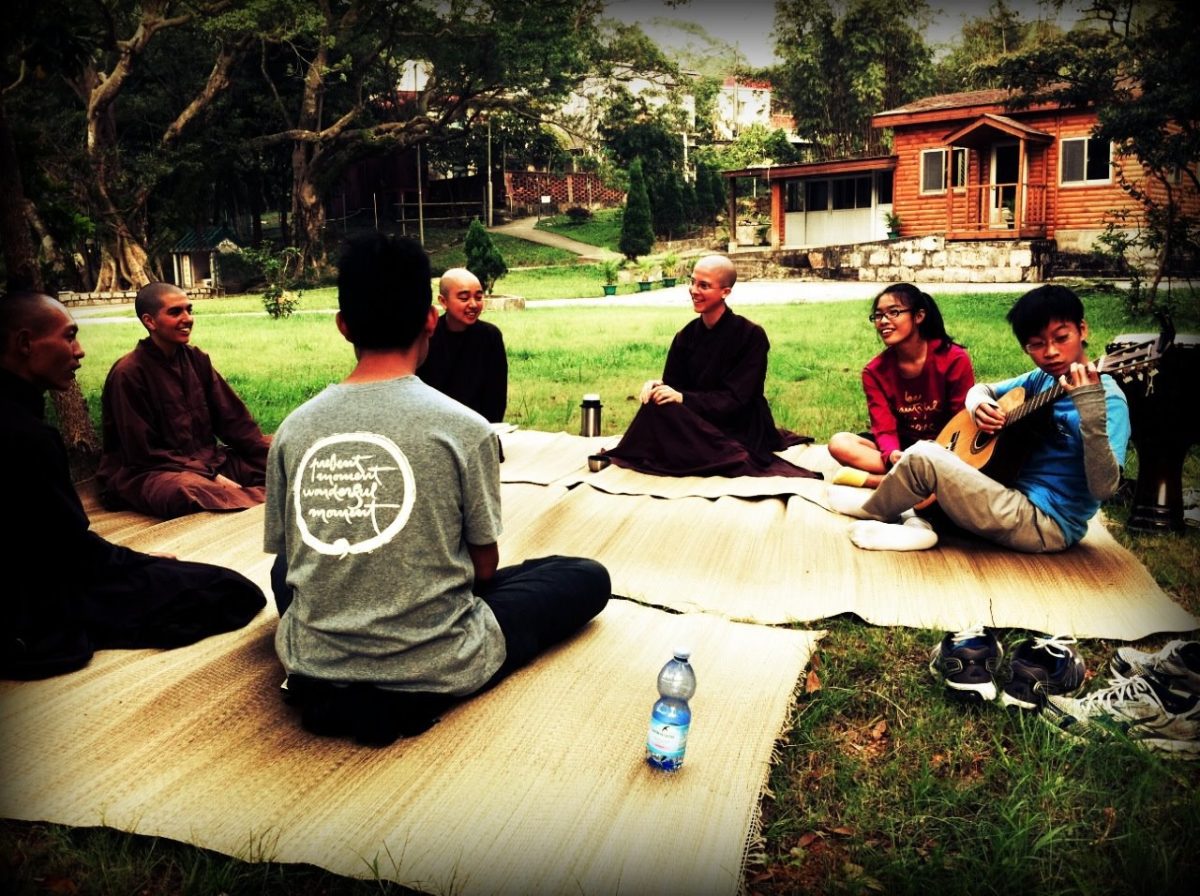
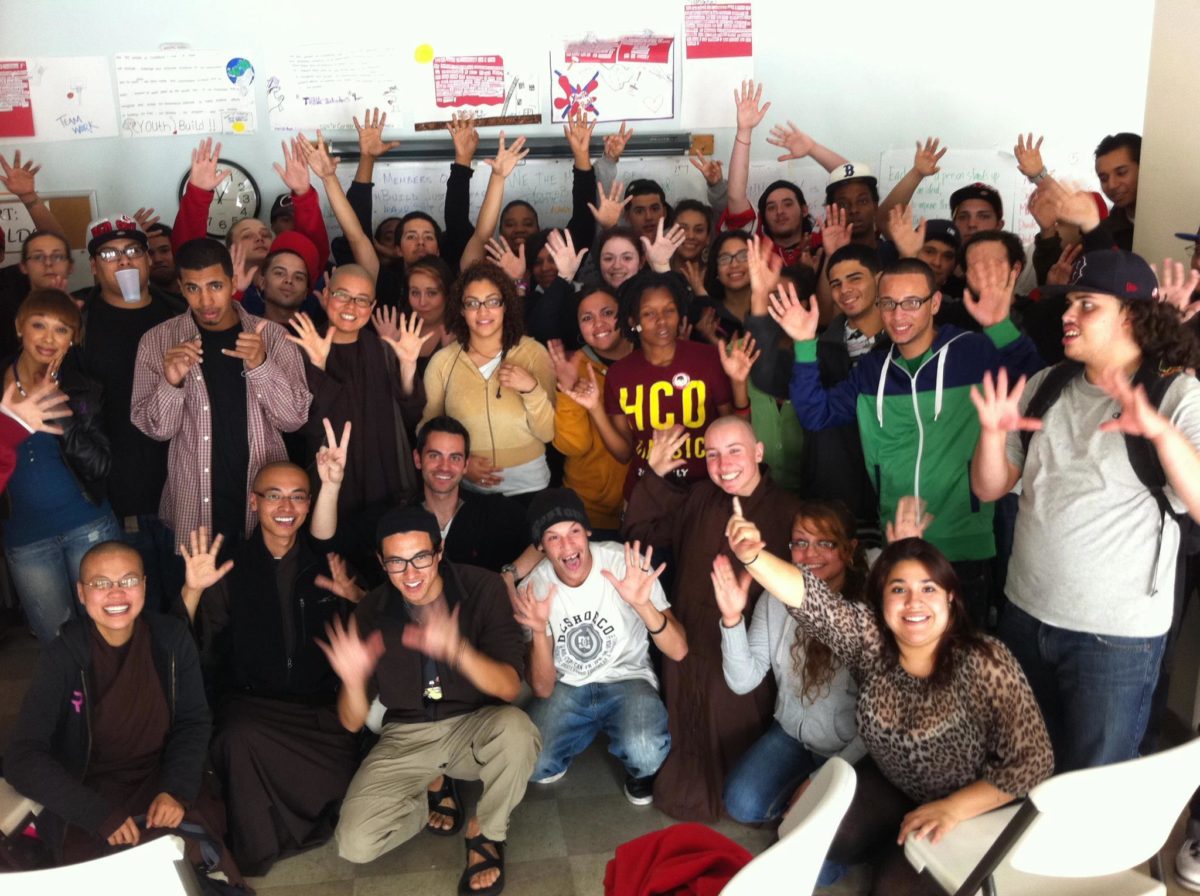
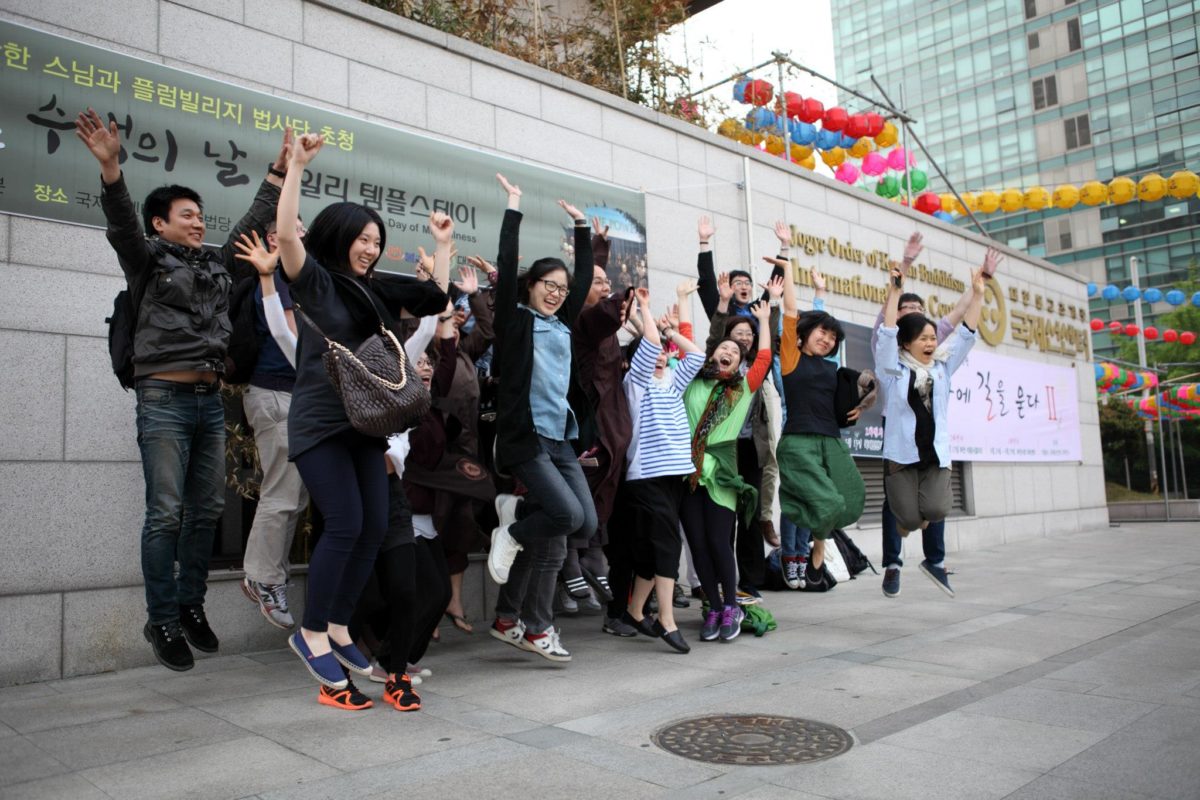
WE NEEDED A PATH
I remember the first time I went to Cambridge to be interviewed for a place at the university. I was just sixteen years old, and it was one of the happiest days of my life. I was so excited to be in a place where, at last, I would get to meet all these wonderful, inspiring, creative, curious, and open-minded people—
kindred spirits who would want, like me, to discover new things, to understand life, the universe, and everything, and to contribute to building a better world. I was so happy and so full of energy just because of the idea that I would get to connect with all these wonderful people.
Two years later, and just six months after the death of my mother, I became a student at the university and gradually began to experience the crushing suffocation of my dream. Instead of all these wonderful inspired and inspiring people, I found mostly young people who had learned to push themselves, and who had been pushed by their parents and teachers, to do nothing but compete to be the best, the most intelligent, the most successful—to be number one. They were all running after that, and perhaps without knowing it, so was I.
But my aspiration to find and to gather together like-minded people was strong, and I set about doing just that, whilst completely neglecting my studies, to my shame. I was lucky to actually find a handful of wonderful people, people with integrity and with dreams like mine, and even better and clearer than mine.
One of those people was Sister Hien Nghiem. Together we began to build a group of friends, but our vision was incomplete: we thought it would be enough to bring together all these wonderful people under one roof and just see what would happen. What we did not yet know is that we would need a practice, that we would need training—that good intentions, dreams, and the energy of youth would not be enough. We needed virtue, we needed a path, and we needed to find our teacher.
Fortunately it was only one more year before I found Thay and Plum Village, and my life began to change for the better. It has always been my dream to find, to meet, to connect with, and to bring together good, kind, and wise people. Because if we don’t find each other, if we don’t connect and come together, we will lose our faith and give in to despair, just like what very nearly happened to me in Cambridge.
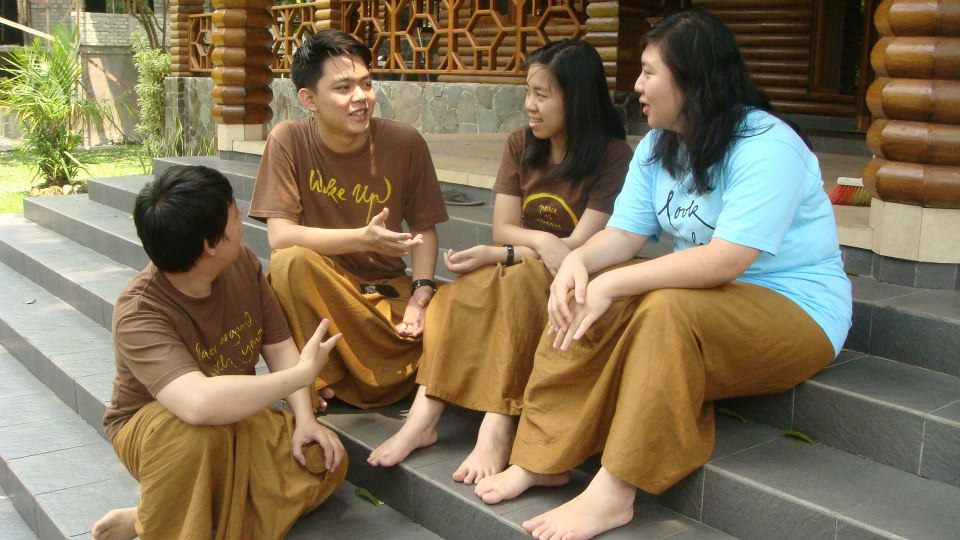
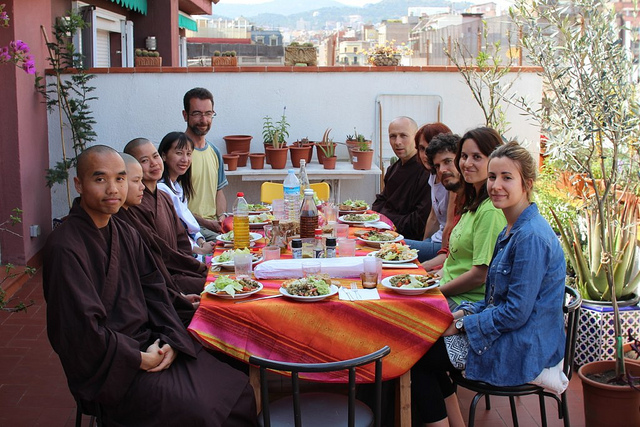
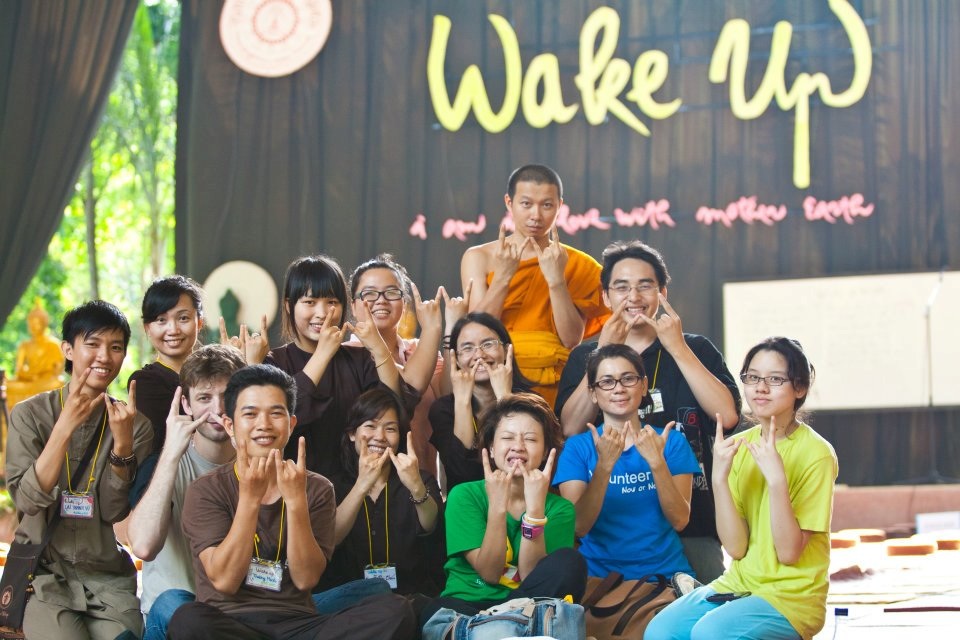
THE FIRE IN OUR HEARTS
And I believe that for many of us, this is the fire in our hearts. This is the dream that keeps us going—the vow I make and promise to keep always—to keep this fire of brotherhood and sisterhood alive. Because building Wake Up is just like making a fire, and anyone who has ever seen Thay start a fire knows that he is very good at it. And we all know, because Thay has taught us so well, that the flame is not born, does not come from nothing, but just manifests when conditions are sufficient.
So it seems that the flame of Wake Up was always there, and Thay was able to recognize the moment when conditions were sufficient for it to manifest again. And now that Wake Up is growing, the fire in our hearts can be transmitted. It was transmitted to us by Thay and by our ancestors, and we are able to some extent to transmit it again to others—to touch off the spark that lies sleeping in the hearts of our brothers and sisters and friends around the world.
And we know that the fire that then comes to life and starts to grow, the communities we see springing up all around the world, the insight, the creativity and joy of more than sixty Wake Up Sanghas around the world, is not the same but also not different from the flame and the fire that was and is still in the hearts of all those who joined the SYSS in the 1960s. Wake Up is their continuation, a way for young people to find each other, to train together, and to engage and to serve together. The stories of the SYSS continue to inspire and motivate the young people in the Wake Up movement, and many of them are now training to receive the Fourteen Mindfulness Trainings and become members of the Order of Interbeing.
That’s why we all feel so happy when we hear that our brothers and sisters are organising flash mob sitting and walking meditations in downtown Hong Kong and that the Wake Up Hong Kong Sangha meets twice a week; or when we hear about the many Wake Up retreats in the mountains of Thailand and Wake Up Days of Mindfulness in Bangkok, organised by the brothers and sisters in Pak Chong; or when we hear about the Wake Up retreat in the desert in Israel; or when we hear the CD recorded by the young people during the “Music We Are” Wake Up retreat at the EIAB; or when we hear about the joy and fun of the young French and Vietnamese people coming together during the Wake Up Retreat at the Maison de l’Inspir in Paris.
When we hear about a Wake Up retreat being organised somewhere, when we see the cool posters before the retreat and the funny pictures afterwards, when we see the fire of bodhicitta burning in the hearts of our brothers and sisters and friends around the world, we know that the spark has jumped from heart to heart and the dream is already being realised.
Now those same sparks are jumping from Wake Up Sangha to Wake Up Sangha. We have an online forum where all the core Wake Up Sangha builders, lay and monastic, can share their dreams and aspirations. It’s so fun to see Wake Up New York ask a question, and Wake Up London, Barcelona, Bangkok, Seoul, and Tokyo jump in with their experiences and suggestions. Thay is truly a fire-starter, a Sangha builder—all he had to do was suggest that we should do a Wake Up Tour of Europe, and now tours are popping up all over the place!
After seeing what happened by just organising Days of Mindfulness and weekend retreats in a few Indonesian universities, we realised that we might be able to do the same thing in the UK. “After all,” said Thay, “Indonesia is not a Buddhist country!” And so without knowing if it was really going to work or not, we set about organising the first Wake Up Tour in the UK. It went so well that we quickly followed up with two or three Wake Up Tours in Ireland, one in Spain, two in Italy, a second UK Tour, and the first US Tour, on the East Coast.
The following year, brothers and sisters in Deer Park organised two Wake Up tours in California and the northwestern US. The monastics managed to fit some Wake Up events into last year’s mini-tour of India and Bhutan, and as a result, there is now a Wake Up Sangha in Bhutan, and that Sangha has even been able to organise a Wake Up Summer Camp there. In fact, all the Wake Up tours have seeded Wake Up Sanghas, many of which are now thriving and hosting retreats and Days of Mindfulness of their own.
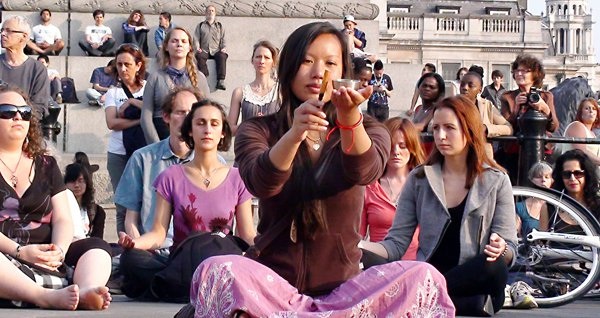
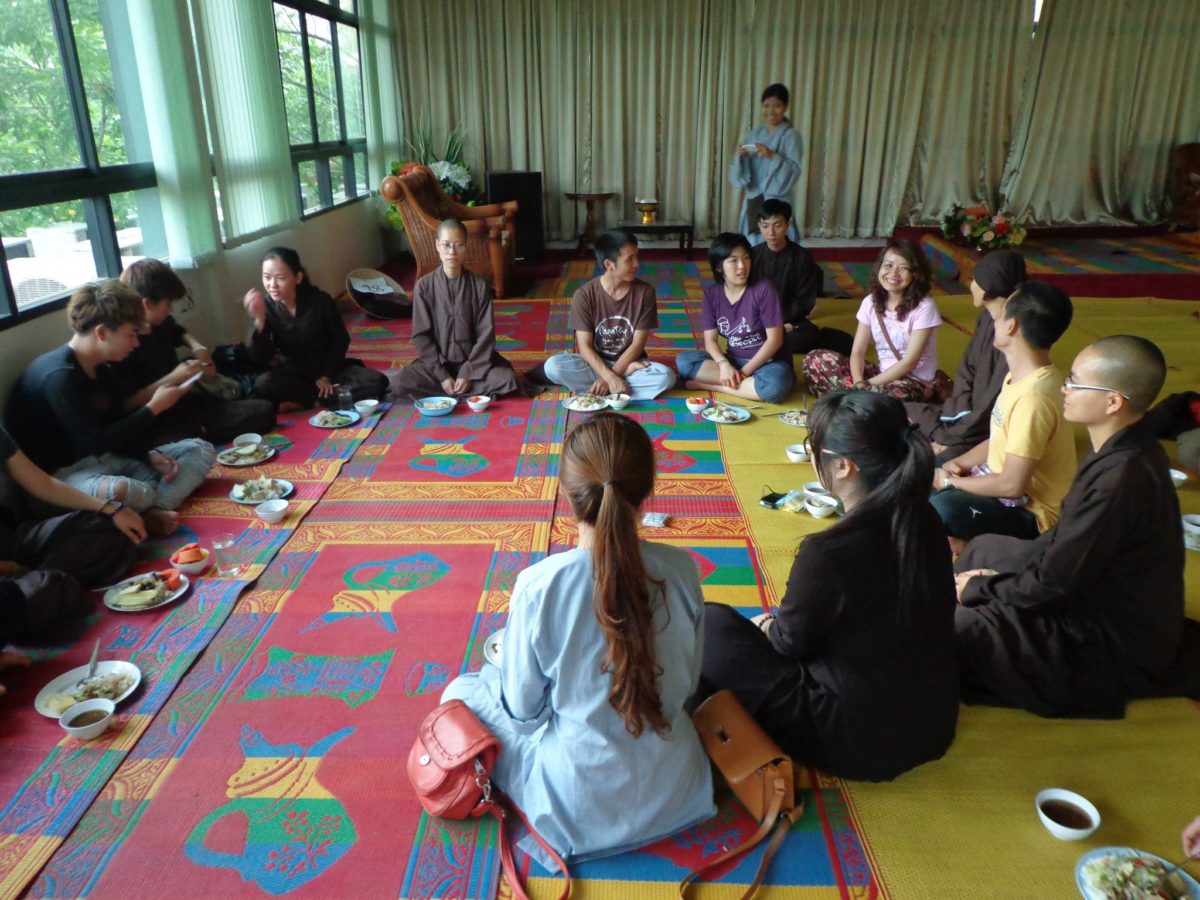
CATCHING THE WIND
This is the first time that I have ever tried to explain what Wake Up is, and it’s a strange thing to do. I think it’s the same for many of the brothers and sisters involved. It seems better to allow Wake Up to grow and to inter-be into what it inter-is through the collective dreams, aspirations, and wholesome actions of so many young people and brothers and sisters around the world. And when we hear that Wake Up Bangkok did bicycle meditation in the park, or that Wake Up Seoul made a music video to the song “Breathing In, Breathing Out,” or that Wake Up Holland organised a Surf Day of Mindfulness, or Wake Up London a music-and-movement jam session, or Wake Up New York a mentoring program for teenagers, we know they’ve got it—that’s Wake Up.
Usually Wake Up is something that just happens, rather than something that is planned out in advance. So when we heard that there was a Wake Up house where young people were living and practising together in Austin, Texas, we said, “Perfect! A Wake Up house! Why didn’t we think of that earlier?” And now there are a few Wake Up houses here and there, including the Gate house in Deer Park, another in LA, and one in San Diego, where young people are living and practicing together, making the commitment to live in brotherhood and sisterhood and keep the Five Mindfulness Trainings.
Most of the best things about Wake Up come from young people themselves, and we hear about them afterwards. For example, flash mob meditations are appearing all over the place—in Barcelona, Hong Kong, Rome, Tokyo, Amsterdam, Paris, and LA, to name a few. Sister Chan Khong joined a flash mob meditation with more than three hundred people in New York’s Union Square, and I think everyone felt that she was the youngest, coolest person there!
We all want to find like-hearted people who inspire us and bring out the best in us; that was part of my quest as a university student, and if there had been a Wake Up group, it could have been a sacred refuge and perhaps would have helped me to avoid a lot of suffering! I had many beautiful aspirations but didn’t have a container to protect and nurture them. Without a practice or a Sangha, there was no way for me to realise my dreams.
As we are seeing all around the world, Wake Up can provide the path and the community that allow people to heal, giving them spiritual strength to take action. The path is undoubtedly the practice of the Five Mindfulness Trainings, and this is at the heart of Wake Up. As a young person, I was suspicious of anything that looked like “organised religion.” I looked to science for answers to the big questions and was sceptical about anything that demanded belief based on faith alone. Reading the mindfulness trainings, I felt a deep resonance, enormous relief, and confidence—at last, here was a form of words that seemed to express the deepest yearnings of my heart. I could gradually live more and more in accord with these principles and with my deep aspiration. To know that here was a community “determined not to be idolatrous about or bound to any doctrine, theory, or ideology, even Buddhist ones,” gave me the clear feeling that I had found my spiritual home as well as my teacher.
It seems that many young people are similarly suspicious of anything that looks like “organised religion” or a “movement.” They have access to so much information and so many options that an attitude of urbane cynicism combined with a tendency for spiritual window-shopping tends to prevail. Wake Up has retained a feeling of openness, creativity, and possibility whilst being firmly centered on a non-dogmatic practice of the Five Mindfulness Trainings. It gives me great happiness to see that those who are lucky enough to find a Wake Up group may not have to struggle as hard as I did to find spiritual soul mates; they can connect to a large, growing, international body of people who are determined to transform their suffering and realise their aspirations. They can get in touch with the stability and wisdom of established Sangha networks as well as monastic practice centres.
With the extraordinary support and guidance of Thay and other elders in the community, we seem to have been able to collectively discover a model with the right balance of clarity and stability alongside creative fuzziness and explosive growth potential. I hope we can keep walking that fine line between rigidity and chaos, not allowing Wake Up to become “organised religion,” whilst staying firmly centered on the guiding star of the Five Mindfulness Trainings.
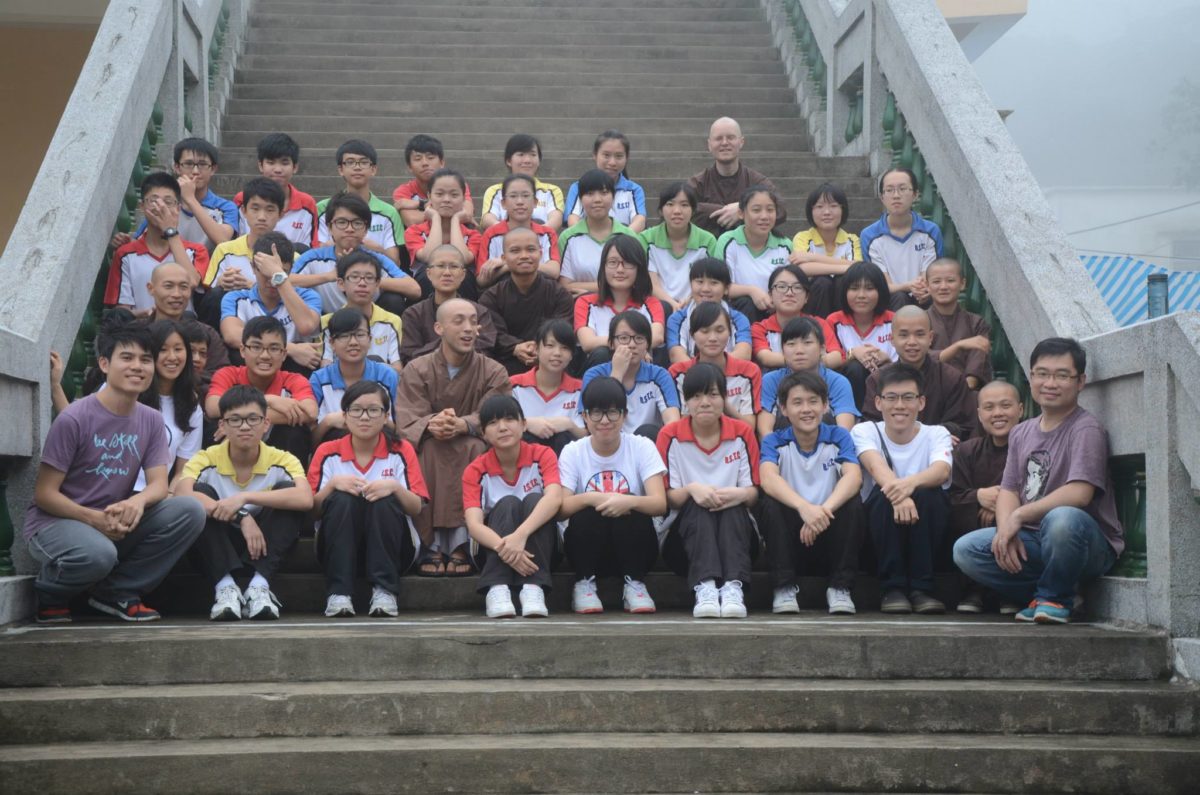
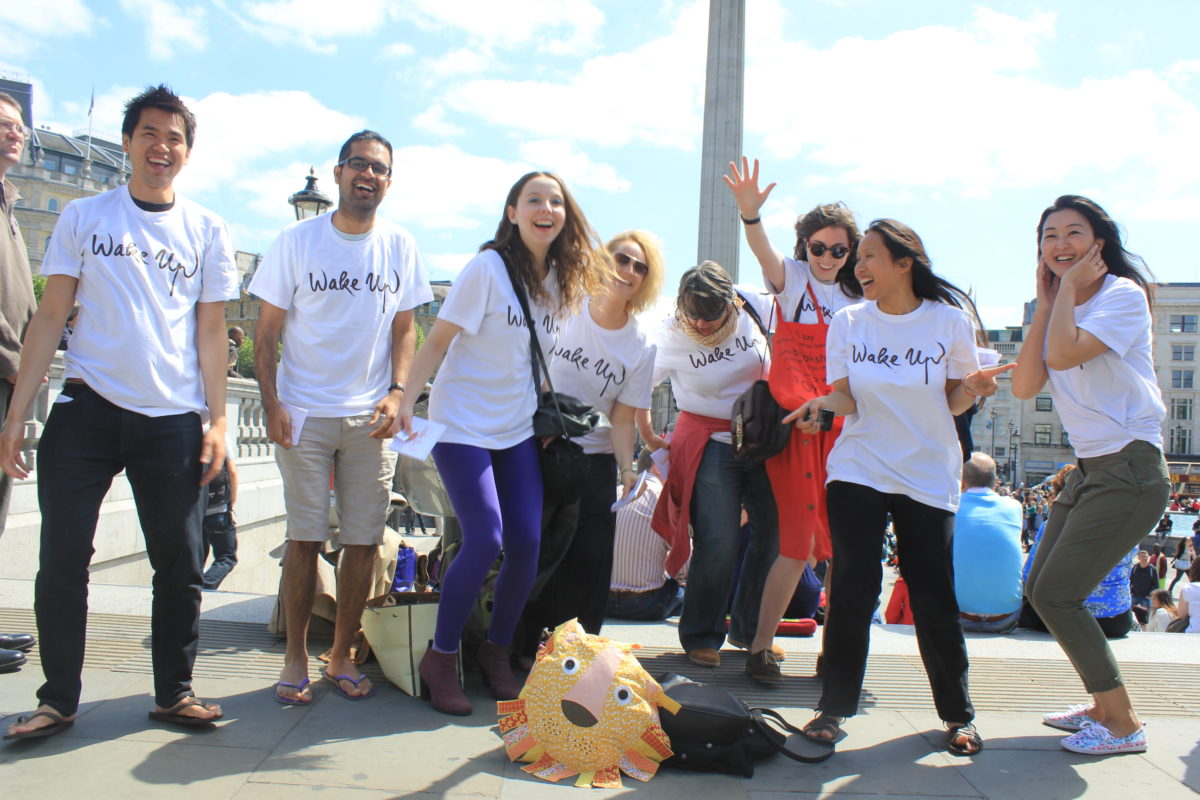
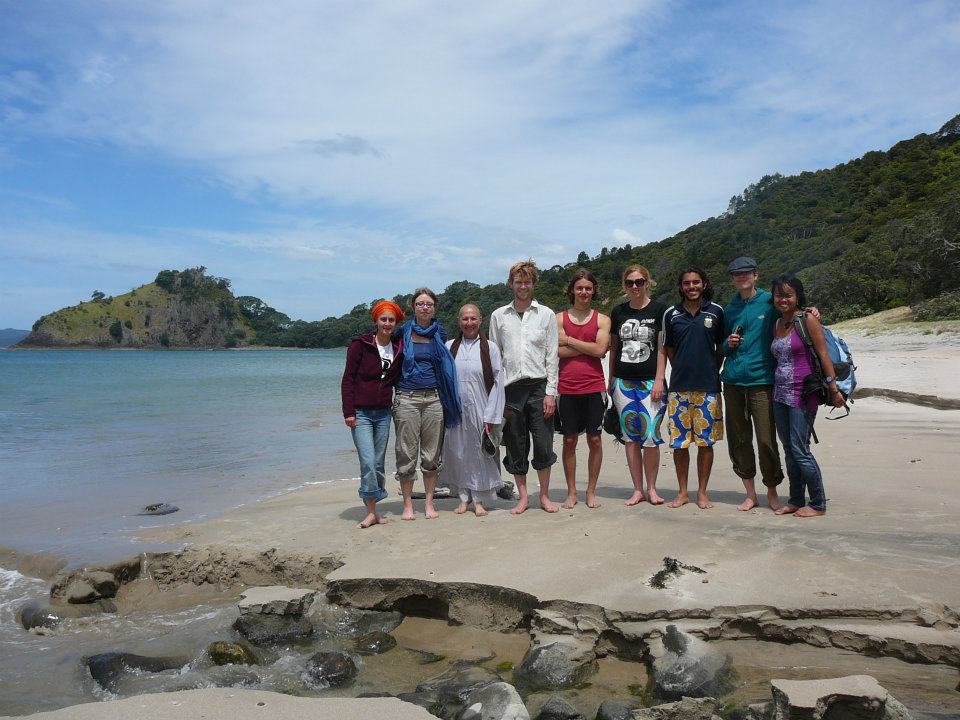
Let’s not get caught in trying to say exactly what Wake Up is or what it is not, because it is neither organized, nor is it exactly disorganized, but it is self-organizing, like life, like nature. It inter-manifests through the contributions of many good, kind, and talented young people who are guided by the trainings and brought together by their shared aspiration to get in touch with what is best in themselves and each other. Wake Up is like a fireball in our hearts; let’s blow on it and watch the sparks fly. Let’s not try to control Wake Up—let’s allow it to be out of control, to fly and catch the wind, and who can say where it will go?
This article is excerpted with permission from wkup.org. To read the full article, go to wkup.org/wake-up-dreams.
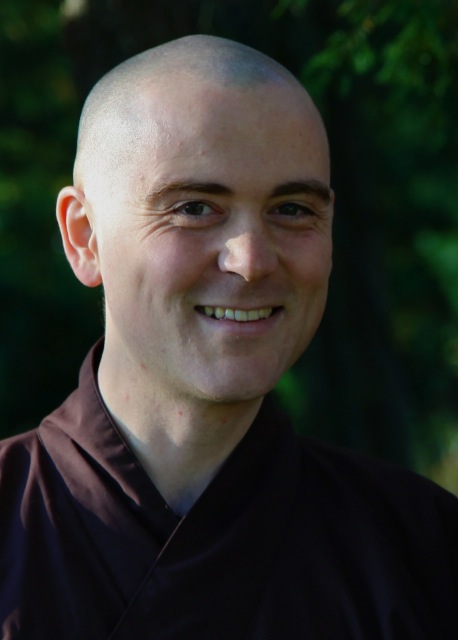
Brother Phap Linh first visited Plum Village for the Summer Retreat in 1999 and went back at least once a year thereafter, until taking the decision to become a monk in 2007. He ordained as a member of the Pear Tree Family in February 2008 and is living the happiness of being able to realise his dreams alongside his brothers and sisters in Plum Village and the global PV community. He lives in the Upper Hamlet of Plum Village, a magical ridge concealed by ancient oaks and protected by wild boars, daffodils, and and hooting owls.
